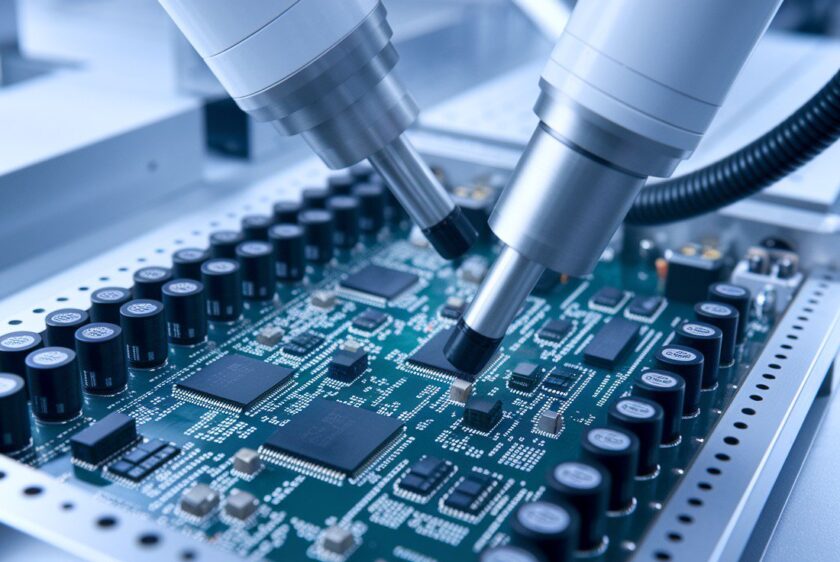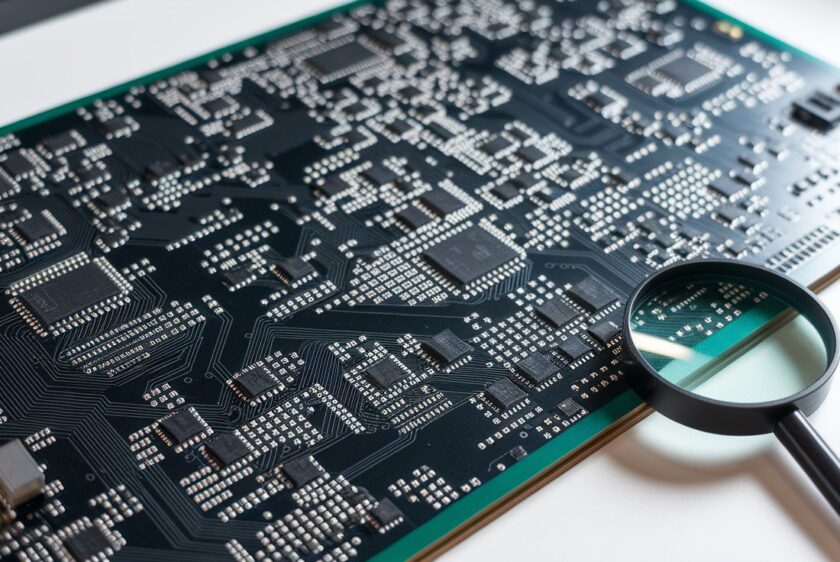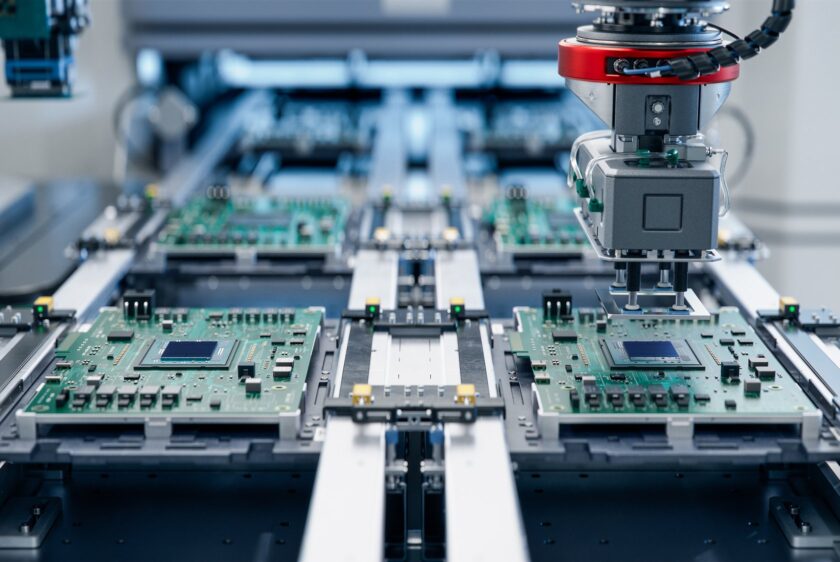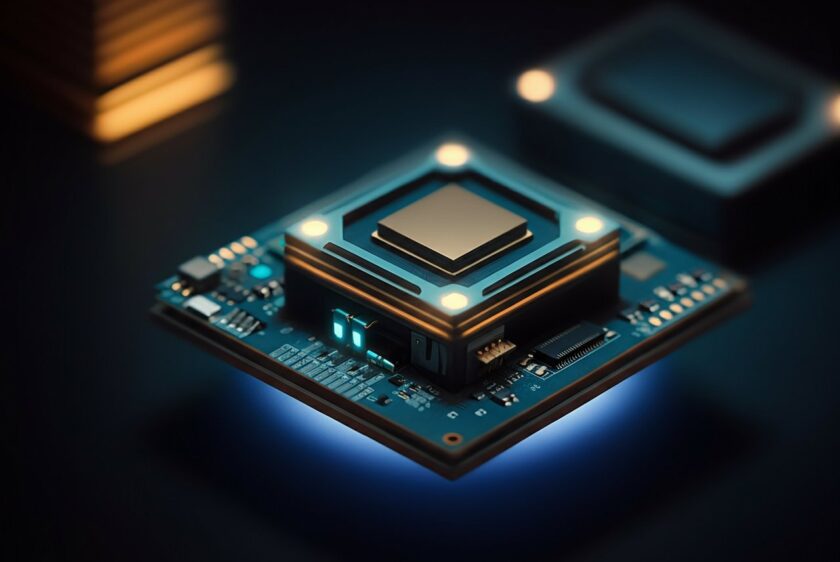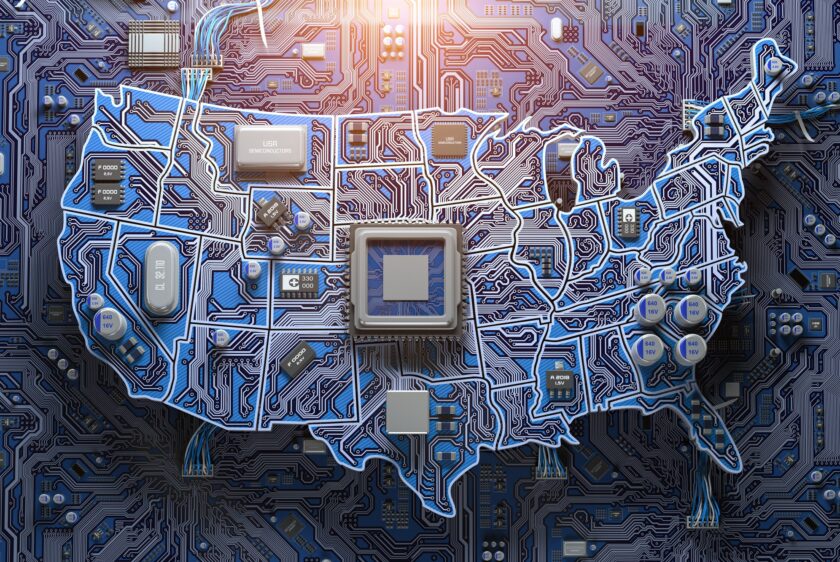
Here’s a 500-word SEO-optimized test article about electronics, targeting the keyword “smart home electronics”:
The Rise of Smart Home Electronics: How They’re Transforming Daily Life
Smart home electronics are no longer futuristic luxuries—they’re everyday essentials that are reshaping the way we live, work, and interact with our environments. From intelligent thermostats and voice-controlled lighting to security systems and connected appliances, smart electronics are redefining comfort, convenience, and control inside the modern home.
What Are Smart Home Electronics?
Smart home electronics refer to devices that connect to a network (typically Wi-Fi or Bluetooth) and can be automated or remotely controlled. These include smart plugs, lights, TVs, thermostats, locks, doorbells, and even refrigerators. What sets them apart from traditional electronics is their ability to communicate, learn user behavior, and respond to voice commands or mobile app controls.
Benefits of Smart Home Devices
- Energy EfficiencySmart thermostats like Nest or Ecobee adapt to your habits, reducing energy waste and lowering monthly utility bills. Smart lighting systems allow you to schedule usage or turn off lights remotely, helping conserve energy with ease.
- Convenience and ControlWith smart electronics, you can manage your entire home from a smartphone or tablet. Whether you’re at work or on vacation, you can lock doors, monitor security cameras, or adjust the AC—remotely and in real time.
- Enhanced SecuritySmart security systems have surged in popularity. Devices like Ring doorbells or Arlo cameras offer motion detection, real-time alerts, and live video feeds, giving homeowners peace of mind whether they’re home or away.
- Home Automation IntegrationToday’s smart home electronics work together through platforms like Amazon Alexa, Google Home, and Apple HomeKit. This allows for powerful automation—for example, a single voice command can turn off lights, lower blinds, and lock the door before bed.
Trends in Smart Home Electronics
The smart home market is rapidly evolving. Artificial intelligence and machine learning are enabling devices to become more adaptive and personalized. Matter, the new universal smart home standard, is increasing cross-brand compatibility, making it easier than ever to build an integrated smart home ecosystem.
Another trend is sustainability. New smart home electronics are designed with eco-conscious materials and energy monitoring features to help users track and reduce their carbon footprint.
Choosing the Right Smart Electronics
When selecting smart home devices, consider compatibility with your existing systems, ease of installation, and whether the device offers over-the-air updates and strong cybersecurity features. Reviews and user feedback can also help ensure you invest in reliable, well-supported products.
Final Thoughts
Smart home electronics are not just gadgets—they’re tools that improve energy efficiency, simplify daily routines, and enhance home security. As the technology continues to advance, smart devices will become more accessible and deeply integrated into every aspect of our lives. Whether you’re just starting with a smart plug or going all-in with a fully connected home, investing in smart electronics is a smart move for the future.
Would you like this optimized further with meta title, meta description, and alt tags for images?



